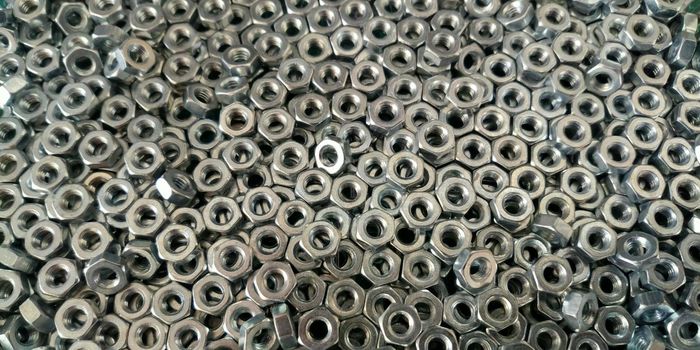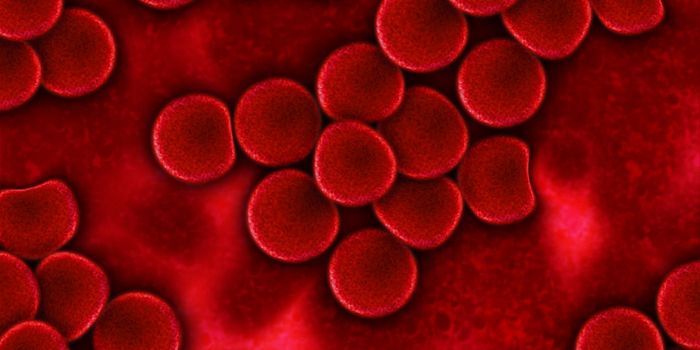A new microfluidic chip can pick out any cancer cell of choice obtained from liquid biopsy to perform single cell analysis.
Compared to tumor biopsy that involves surgery, liquid biopsy is less invasive, less painful, and can be done more frequently. The biochip takes about two to three hours to process a blood sample of about 101,000 cells with little losses.
The system provides highly sensitive readings that identify low-frequency occurring mutations, allowing better cancer diagnosis. The innovation could help doctors have a better sense of what drugs to use, based on the presence of specific activating but treatable mutations, as well as track changes or treatment progress.
Cancer cells can vary from one another, with some being more malignant and invasive. This heterogeneity limits the effectiveness of treatment—patients with the same cancer show different treatment outcomes. Knowing cancer composition is crucial to administering the most effective therapy.
“If we do a bulk analysis of the whole tumor cell population, we may miss out information of the few malignant cells that we should target because they are masked by the many other non-malignant cancer cells. This is the motivation behind the system we develop,” says Lim Chwee Teck, an engineering professor at the National University of Singapore, who collaborated with Clearbridge mFluidics to design the new chip.
The device uses microfluidic dynamics to move cells and passively hold them cell by cell in each of the controlled chambers alongside the main channel. The selected cells can then be individually ejected from the cell chambers for downstream assessment.
This allows them to quickly and efficiently trap single cells, yet have the flexibility to choose and separate any cell of interest.
The work, published in
Scientific Reports, could potentially pave the way for enhanced tailored treatment or personalized medicine. Single cell analysis also could be used in numerous other clinical applications in addition to cancer, says Tan Swee Jin, technical director of Clearbridge mFluidics. He says a prototype of the system will be out year end, with an improved version targeted for 2017.
Source:
National University of Singapore
This article was originally published on
Futurity.org.









